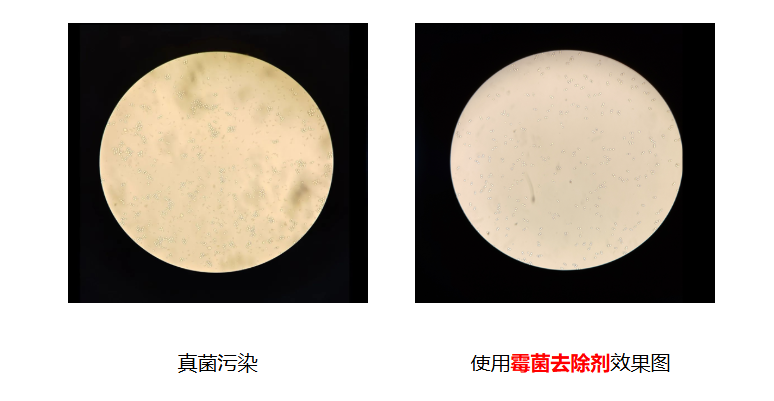"Heyuan Liji" is a joint venture between Heyuan Biotechnology (stock code: 688238) and Liji Biotechnology, specializing in the "Liji Biotechnology" and "Life-ilab" reagent brands
- Home
-
Product Center
-
Cell Biology
- Animal cell culture
- Other blood products
- Common medium
- Equilibrium salt solution
- Cell proliferation and toxicity
- EZ Transfection
- apoptotic process
- Detection and elimination of Mycoplasma
- Prevention and removal of cell contamination
- Cell separation
- Live imaging
- Cell staining
- Reporter genes
- Cell lines
- Cell tissue transport preservation
- Extracellular vesicle research
- serum-free medium
- Western Blot
- Electrophoresis
- Fluorescent labeling dye
- PCR&q-PCR
- Synthesis and extraction of nucleic acids
- Microbial culture
- Elisa
- Biochemical reagents
-
小动物研究
- Instrument consumables
-
Cell Biology
- Publications
- Technical Services
- Information
- Resource Centre
- About Li Ji


Product Center


Publications


Technical Services


Information


Resource Centre


About Li Ji


 Back
Back
 Back
Back



























